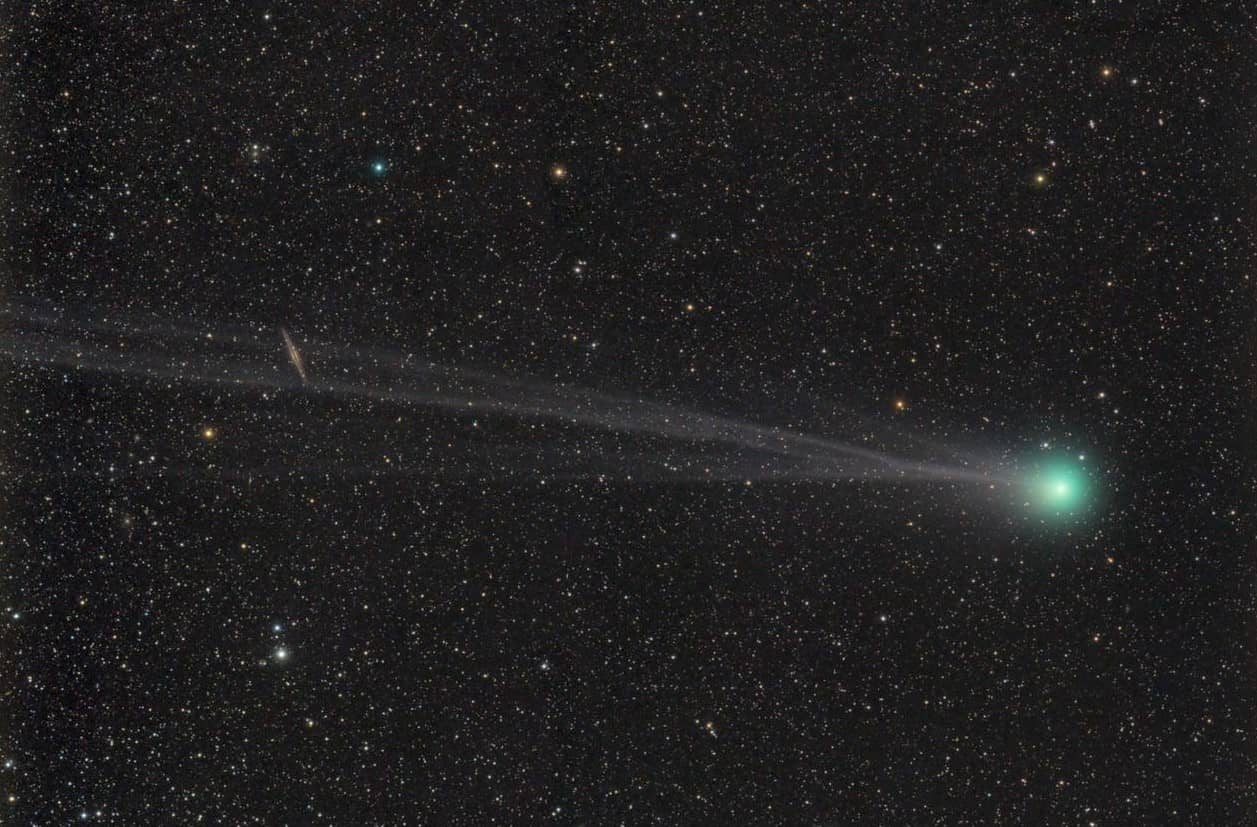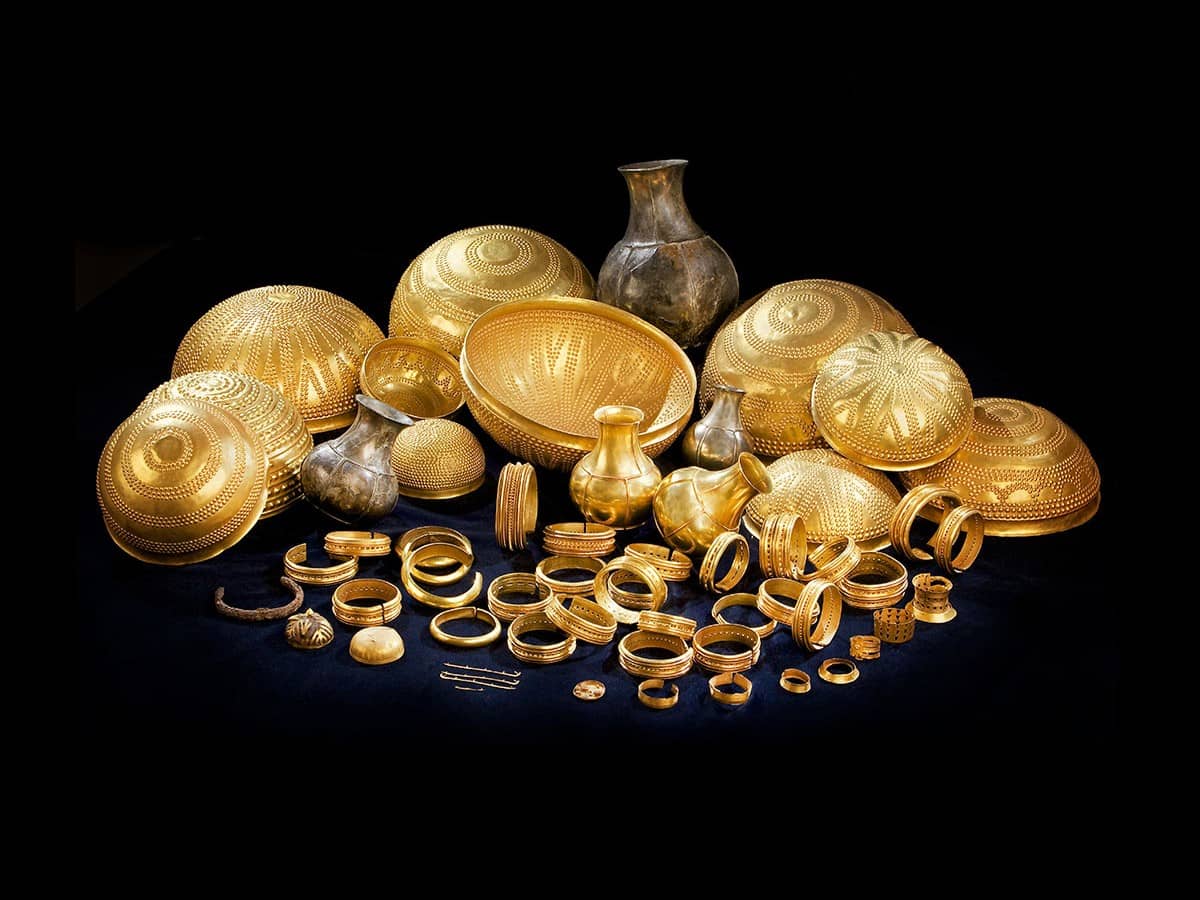Researchers at the world’s largest particle accelerator have set their sights on a new ambitious $17 billion project — the Future Circular Collider (FCC). Dwarfing its predecessor, the Large Hadron Collider (LHC), the FCC would stretch an impressive 57 miles (91 kilometers) compared to the LHC’s 16.5-mile (26.5 km) length.
The driving force behind this colossal undertaking is to push the boundaries of the Standard Model of particle physics, the current best theory describing the behavior of the universe’s smallest components. Physicists envision using the FCC’s increased size and power to explore uncharted territories, smashing particles at an astonishing 100 tera electron volts (compared to the LHC’s 14). The aim is to uncover unknown particles and forces, solve the mystery of matter outweighing antimatter, and delve into the nature of dark matter and dark energy, constituting 95 percent of the universe.
“The FCC will not only be a wonderful instrument to improve our understanding of the fundamental laws of physics and nature. It will also be a driver of innovation, because we will need new advanced technologies, from cryogenics to superconducting magnets, vacuum technologies, detectors, instrumentation — technologies with a potentially huge impact on our society and huge socioeconomic benefits,” said Fabiola Gianotti, CERN’s director-general.
Atom smashers like the LHC have been instrumental in scrutinizing the Standard Model by colliding protons at near-light speed and observing rare decay products. While the model has been successful in predicting phenomena like the Higgs boson, physicists acknowledge its limitations in explaining gravity, dark matter, and the matter-antimatter asymmetry.
To address these gaps, the FCC proposes a sevenfold increase in beam energy to accelerate particles at higher speeds. However, the road ahead is challenging, as the FCC is in the early stages, with the proposals forming part of an interim report on a feasibility study due next year. CERN, relying on contributions from 18 EU member states and additional countries, will likely seek funding from non-member states for the ambitious project.
Despite the enthusiasm for potential discoveries, some scientists express skepticism about the FCC’s hefty price tag and its actual discovery potential. The decision to greenlight the project will be made in 2028, with the first phase expected to come online in 2045, colliding electrons with positrons. The grand collision of protons in the FCC is anticipated to commence in the 2070s.





